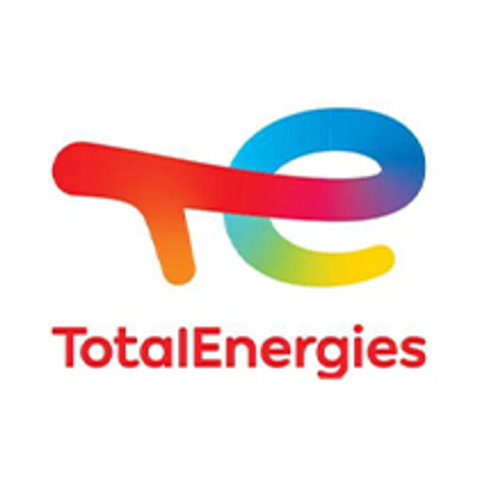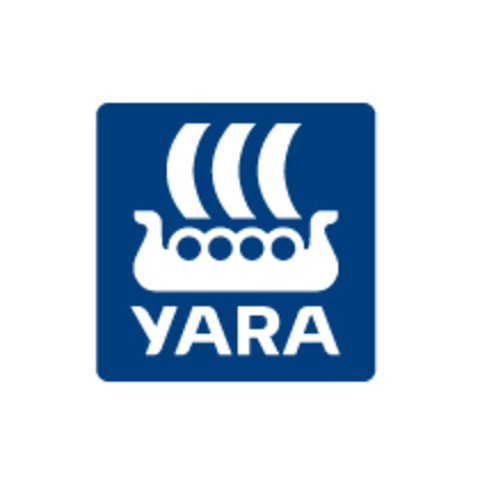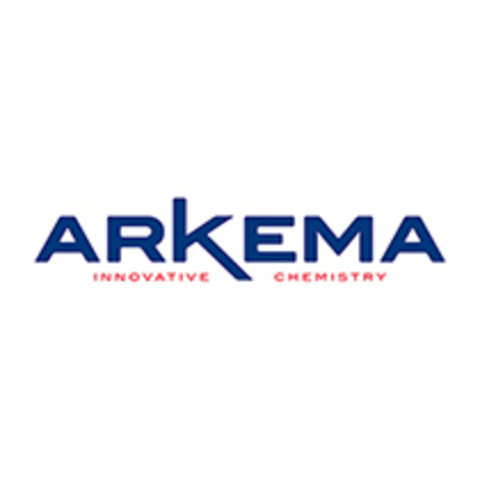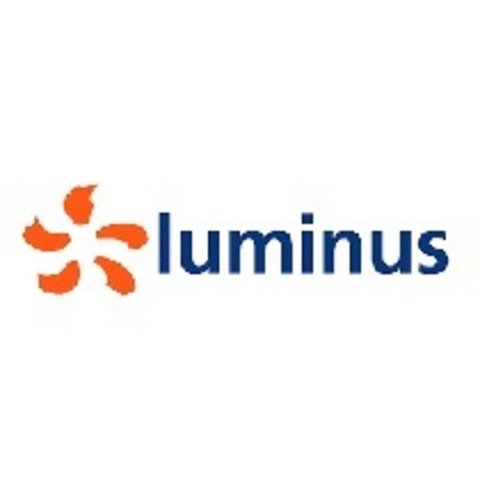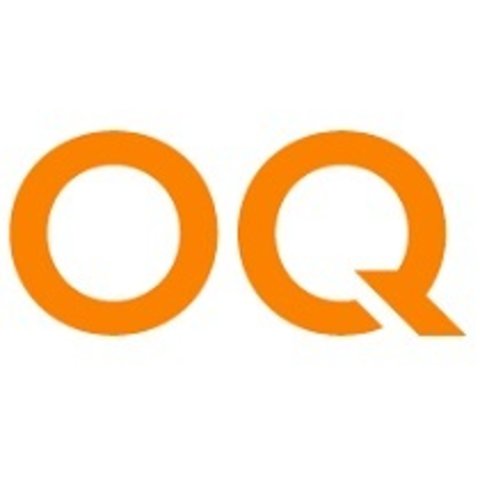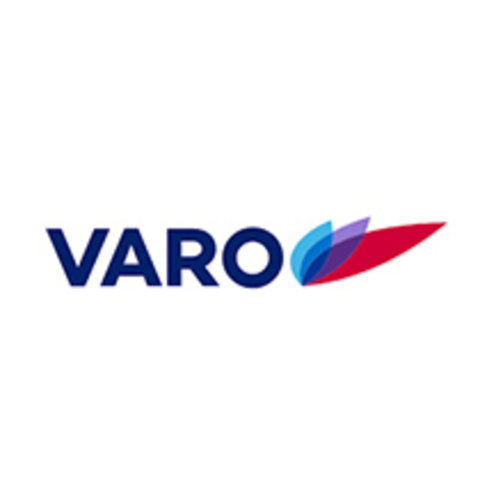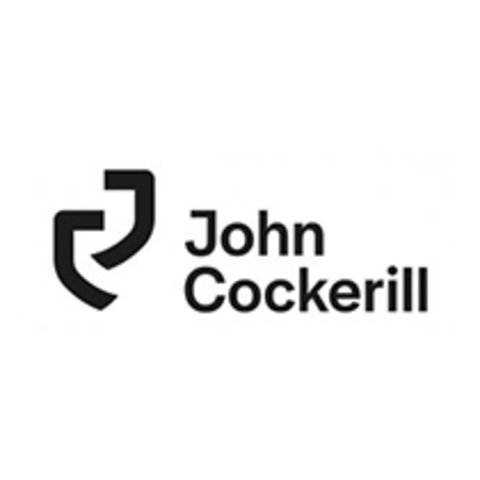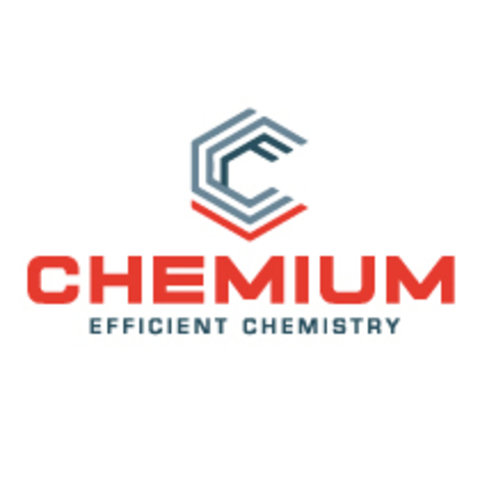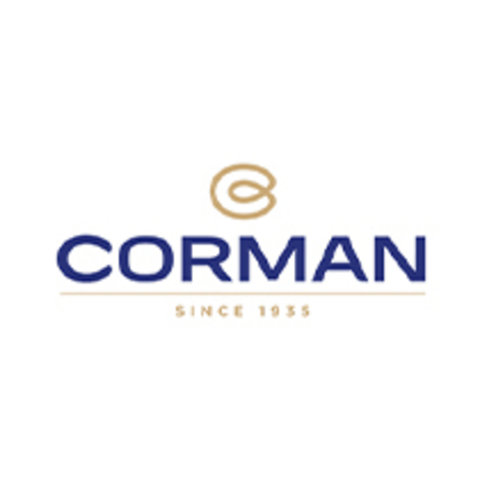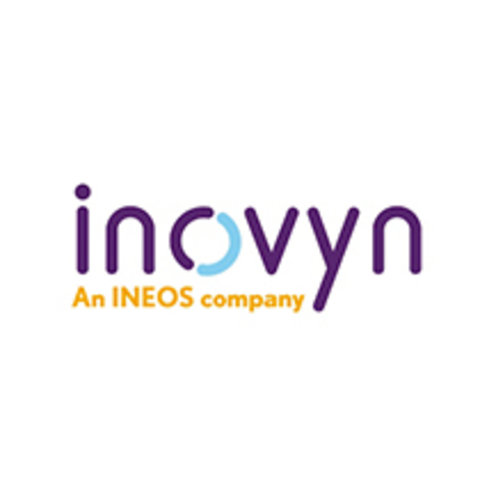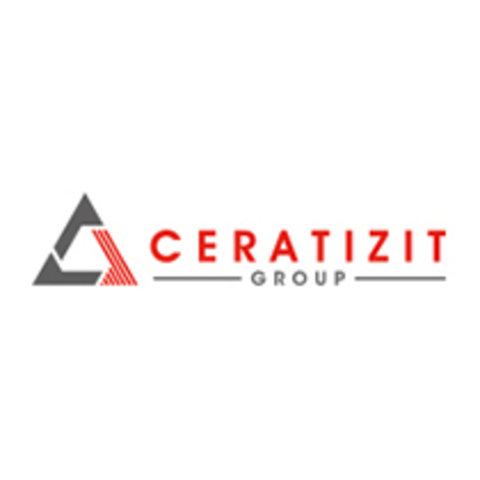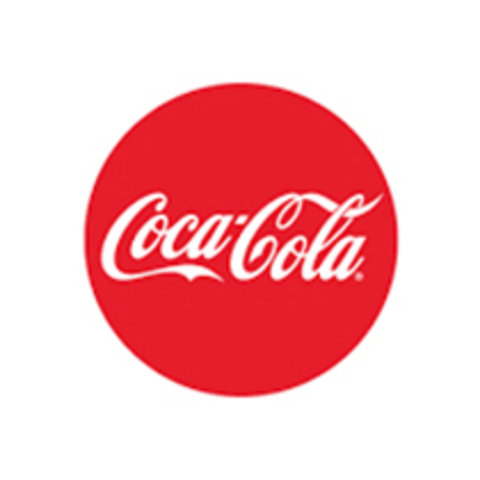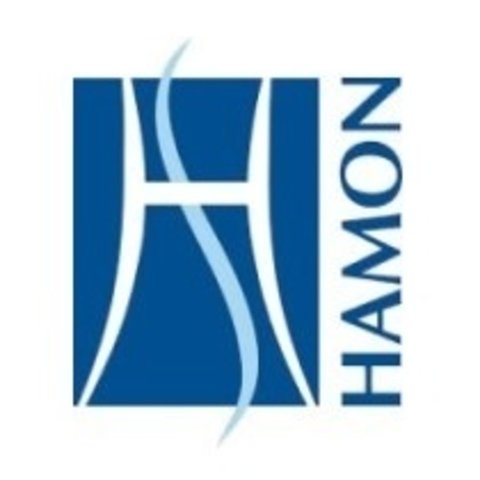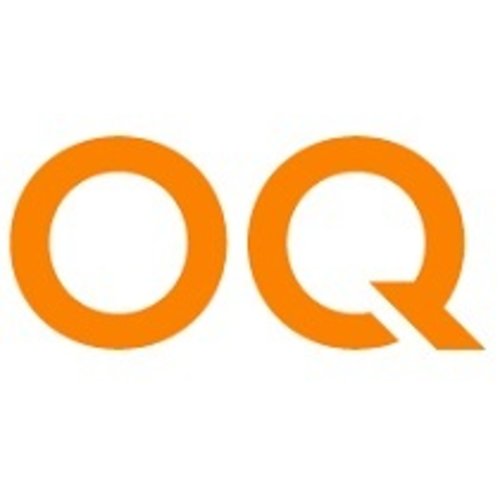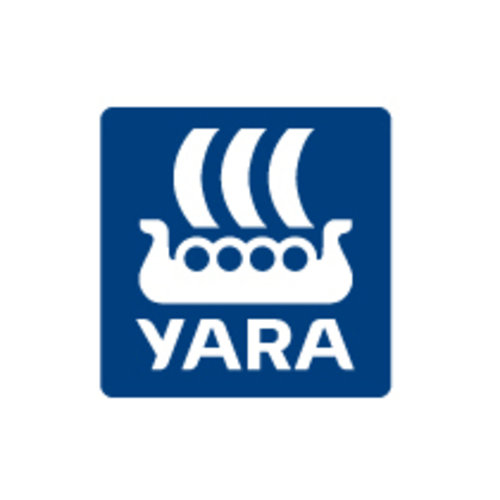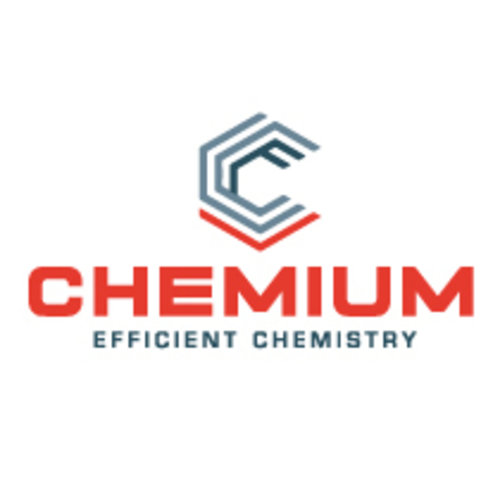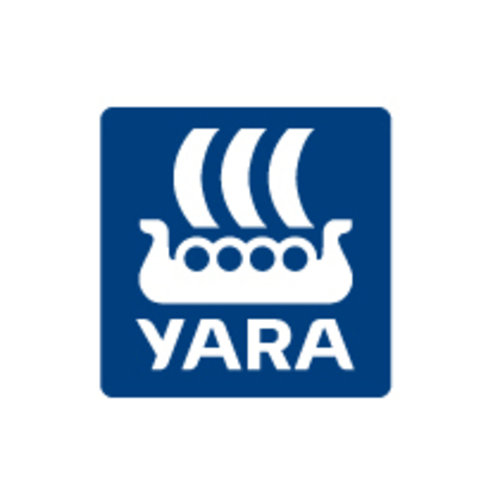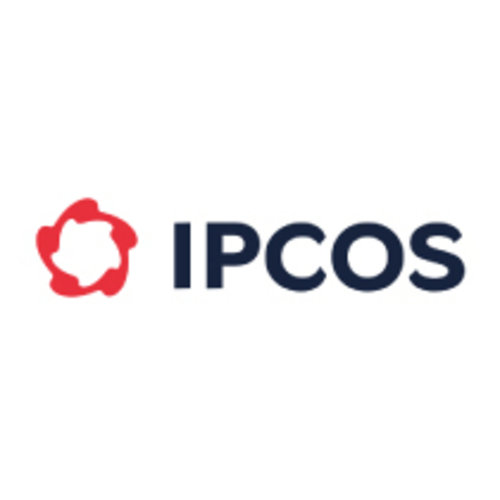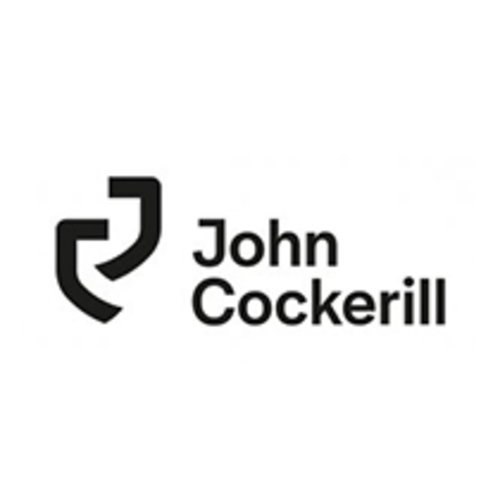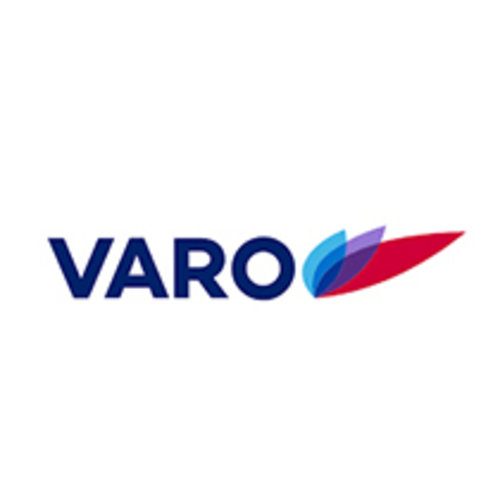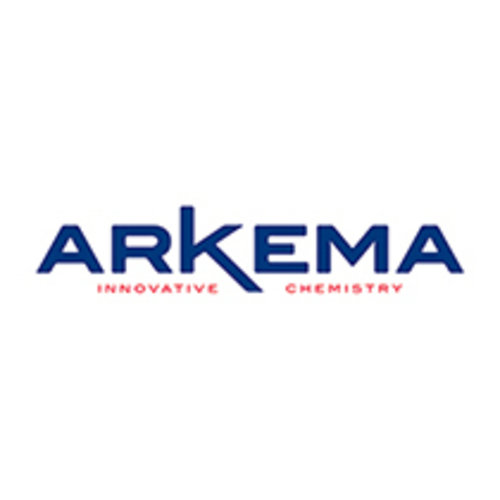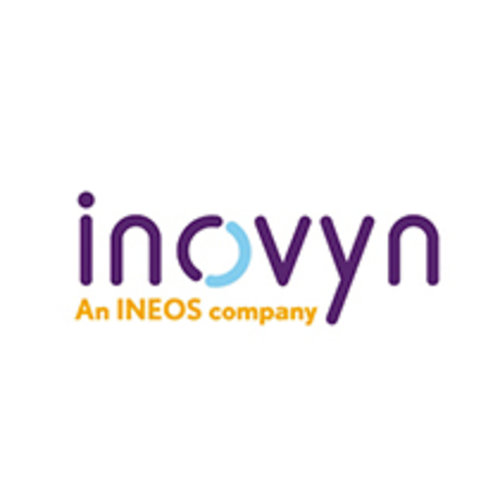
PERFORMANCE MONITORING
Overall Equipment Effectiveness

Overall Equipment Effectiveness (OEE) is an industry standard, versatile measurement for production efficiency. It is defined in the standard NF E60-182 as TRG.
OEE provides a global view of the manufacturing productivity by combining three different indicators:
• the availability which accounts for planned and unplanned stops
• the performance which accounts for reduced production rate of the equipment, because of longer cycles, reduced speed or small stops
• the quality which accounts for off-specs products which need rework
WiDE with its multi-source, agnostic data connections provides the ideal platform to gather, structure and process the various pieces of information required to calculate and monitor OEE.
You can easily generate tailor-made OEE reports and trigger corrective actions when achieved OEEs deviate from targets.
Down Time Management

Measuring and analyzing downtime as well as the causes of downtime is essential for driving with succes an industrial process.
The WiDE platform will allow you to generate reports for DTM (DownTime Monitoring). With many features, you will be able to collect information on the causes of failures either via a connection to databases or via manual entries through a web browser.
The platform will be able to calculate the ratios of operating times and breakdowns, alarms will be generated according to your configuration.
You will be able to be warned quickly when the trend begins to have an abnormal response.
Operating sheet

Any industrial production line has parameters that can be adjusted according to the type of production, the number of products, the general conditions, the type of materials, etc. It is important to be able to record changes in parameters and to guide the operator in his choices.
WiDE correlates the quality of the finished product with the choices of the production line parameters. With the graphics and alerting functions, optimum monitoring of parameters will be achieved, which will result in better control of operations and therefore of production performance.
WiDE also empowers operators who can easily enter comments to documents observed events and justify deviations from objectives.
Integrity operating windows

As defined by the American Petroleum Institute’s (API) RP 584, Integrity Operating Windows (IOWs) are established limits for process variables (parameters) that can affect the integrity of the equipment if the process operation deviates from these limits for a predetermined length of time. In few words, IOWs establish acceptable limits of process variations before an asset begins to degrade and incur damage.
WiDE no-code software platform allows to build an asset model (Plant | Operating units | Equipment items | Measurements) and configure IOWs at measurement level including severity, ranges, probability of failure, cause of failure, etc.
Once your asset model is ready, WiDE embeds an automated workflow that acquires measured value of process parameters from historian, LIMS or any other system, optionally performs calculations, compares measured/calculated values versus their IOWs, warn in case of deviations (through configurable dashboards) and notify by mail or SMS, all this in an automated way and in the same working environment.
IOWs excursions can also be aggregated over time to optimize maintenance plans during planned shutdowns.
Rotating Equipment (compressors, turbines, pumps)

Asset in a production line can be monitored using a variety of instrumentation solutions. It is possible to measure the vibrations of a rotating equipment, the temperature, the speed, the flow, etc. All these collected measurements are used to evaluate the state of health of the equipment with the context of use. With many features of the WiDE software, you will be able to create your reports and highlight the deviations. Monitoring the health of your equipment means extending the life of your installations!
Static equipment (furnaces, heat exchangers, etc.)

Any industrial production line has parameters that can be adjusted according to the type of production, the number of products, the general conditions, the type of materials, etc. It is important to be able to record changes in parameters and to guide the operator in his choices.
WiDE correlates the quality of the finished product with the choices of the production line parameters. With the graphics and alerting functions, optimum monitoring of parameters will be achieved, which will result in better control of operations and therefore of production performance.
WiDE also empowers operators who can easily enter comments to documents observed events and justify deviations from objectives.

ENERGY & environment MONITORING
Energy monitoring (gas, steam, electricity, etc.)

A large variety of opportunities exist within energy intensive plants like petroleum refineries to reduce energy consumption while maintaining or enhancing the productivity of the plant. Changing how energy is managed by implementing an organization-wide energy management program is of the most successful and cost-effective ways to bring energy efficiency improvements.
Varo Energy refinery in Switzerland implemented a WiDE-based energy monitoring application that tracks each significant energy consumption element of the refinery: furnaces, boilers, compressors, turbines, heat exchangers, etc.
The application aggregates the different energy vectors (fuel-gas, fuel-oil, steam, electricity) unit by unit and at refinery level. The application also calculates Energy Indexes which evaluate actual performance versus expected numbers.
The application, which integrates smoothly with existing historian and LIMS systems, was implemented in a few months by a single engineer of the refinery after few days of hands-on training and remote guidance from WideTech experts.
Emissions monitoring (CO2, Nox, Sox, etc)

Protecting the environment is a priority for any business. It is important to be able to measure rejects from an industry.
To do this, WiDE has a series of features embedded in the solution that facilitate measurement and calculations.
Indeed, thanks to the WiDE solution you will be able to gather information in the same environment, and through a model you will be able to perform simple or complex calculations using function libraries adapted to your needs.
Exemples :
Need to validate sensors that are used.
Need a workflow to audit numbers that are provided to “certification” public authority.

INSTRUMENTATION MONITORING
Fiscal Metering – Automated Gas Report

Oman Gas Company (now part of OQ), the gas transportation company of the Sultanate of Oman, uses an Automated Gas Report (AGR) system, developed on WiDE software platform, to automatically monitor, validate, approve, report and keep data of Gas Transportation Facilities.
The automation of the fiscal data process drastically improves the verification of fiscal meter data by giving gas programmers the right information in the right form, so they can focus on assessing detected issues rather than gathering and verifying data in a limited, manual-intensive way.
The system has also been proven to support the detection and rectification of a number of issues related to transducers and acquisition cards, calibration of gas chromatographs, and measurements biases that would otherwise significantly affect gas delivery numbers.
Additional functionalities include:
• detection of phantom flows and gas quality monitoring
• reconciliation of supply and consumption amounts, accounting for packing/unpacking changes
• collaboration & interfacing options with suppliers and consumers to establish daily, monthly and annual pipeline dispatch plans.
Oil Flow Metering Systems

In West Africa, TOTAL operates several oil fields in deep water (1500 m deep and more) producing 1.4 Mio barrels per day of oil (about 1.5 % of total world oil production). It is thus vital for TOTAL to correctly account for volumes of oil production in a very challenging context of deep water production.
The Oil Flow Metering applications developed based on WiDE no-code software platform aim at validating / monitoring MPFMs (Multi-phase flow meters) in combination with Virtual Flow Measurement techniques in view of:
• detecting wrong measurements having an impact on oil production rates, gas/water injection rates and finally reservoir behavior
• focusing on measurements that need to be maintained
• improving back allocation and MPFM information in the same application.
These OFM applications bring a deep insight into operations, production rates, oil/gas injection rates and their impacts on reservoir behavior.
They have drastically improved the verification of meters data by giving the metering engineers the right information in the right form, so they can focus on analyzing detected issues rather than in collecting data and making limited verification process.
Site wide production balance

In petroleum industry and chemical plants, the reporting of production figures to ERP systems requires to compile and aggregate large amounts of data about consumption and production of the processing units, inventories in tank farm and receipts and shipments.
With the quantity of data being continuously measured and stored in process historian database, it is impossible for process operators and production supervisors in charge of monitoring and reporting production figures to manually detect measurement issues and production imbalances.
The Site Wide Production Accounting systems deployed using WiDE no-code software platform, automate and improve the verification and reporting process, by giving the operators and the production supervisors the right information in the right form, so they can focus on analyzing detected issues rather than in collecting data and making limited verification process.
The system includes a multilevel approval system enables to freeze data after they have been validated and to trigger the export of approved data to ERP systems.





